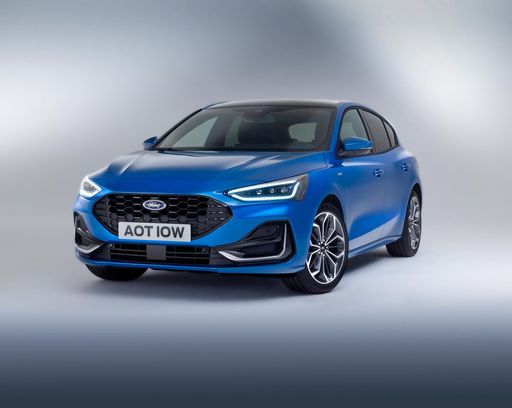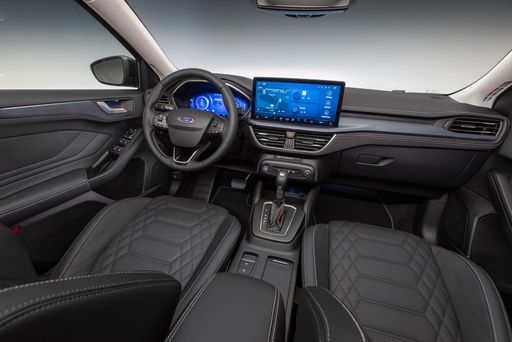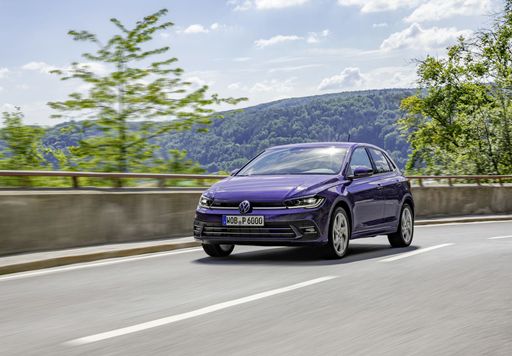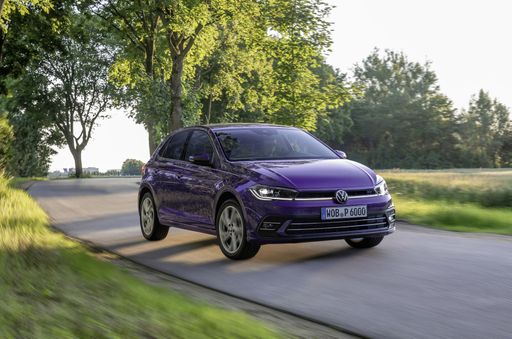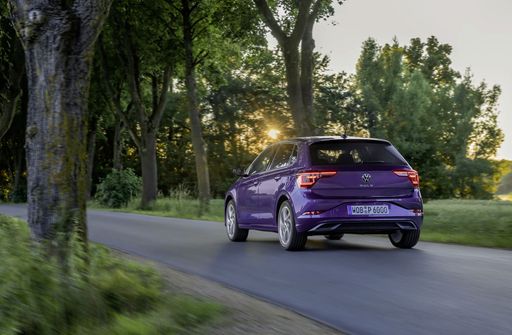Ford Focus vs VW Polo: A Comprehensive Hatchback Showdown
Welcome to this exciting comparison between two renowned hatchbacks: the Ford Focus and the VW Polo. Both models offer impressive features, performance, and innovation, but they cater to slightly different audiences. Let's dive into the technical details and innovations of these two popular vehicles and see which one stands out based on your needs.

